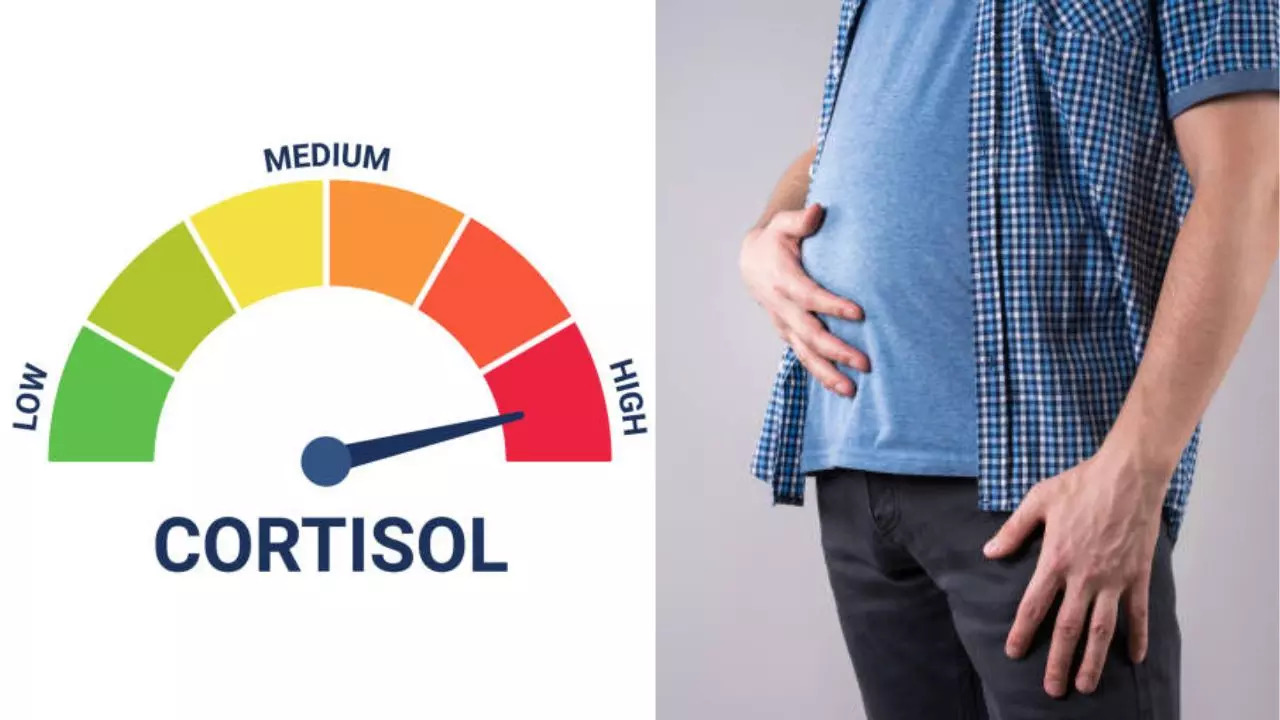As war continues to devastate Gaza and its people, we learnt recently that a variant of poliovirus has been detected in the region. The virus was isolated in six sewage samples collected in late June from Khan Younis and Deir al Balah. Most infections with poliovirus don’t cause symptoms, but a minority of those who contract the virus develop paralysis (paralytic polio).
No cases of paralytic polio have been reported in Gaza. But detecting the virus in wastewater is concerning nonetheless. Types of polio The cases of polio we’ve seen historically have generally been caused by “wild poliovirus”.
For centuries, wild poliovirus affected both poor and wealthy countries, including Australia. The deployment of effective vaccines in the 1960s led to a dramatic decrease in cases in the following decades among those countries that could afford the vaccines. The introduction of the Global Polio Eradication Initiative in 1988 enabled more equitable vaccination.
There were only 12 cases of paralysis caused by wild poliovirus in 2023, in just two countries: Pakistan and Afghanistan. However, as the number of wild poliovirus cases decreased there was an increase in cases of vaccine-derived poliovirus causing paralysis. There are two types of polio vaccines: one is given orally, and the other by injection.
The oral polio vaccine is based on a weakened virus – so it doesn’t cause disease, but can still reproduce. Vaccine-derived poliovirus emerges when people vaccinated with the .


















